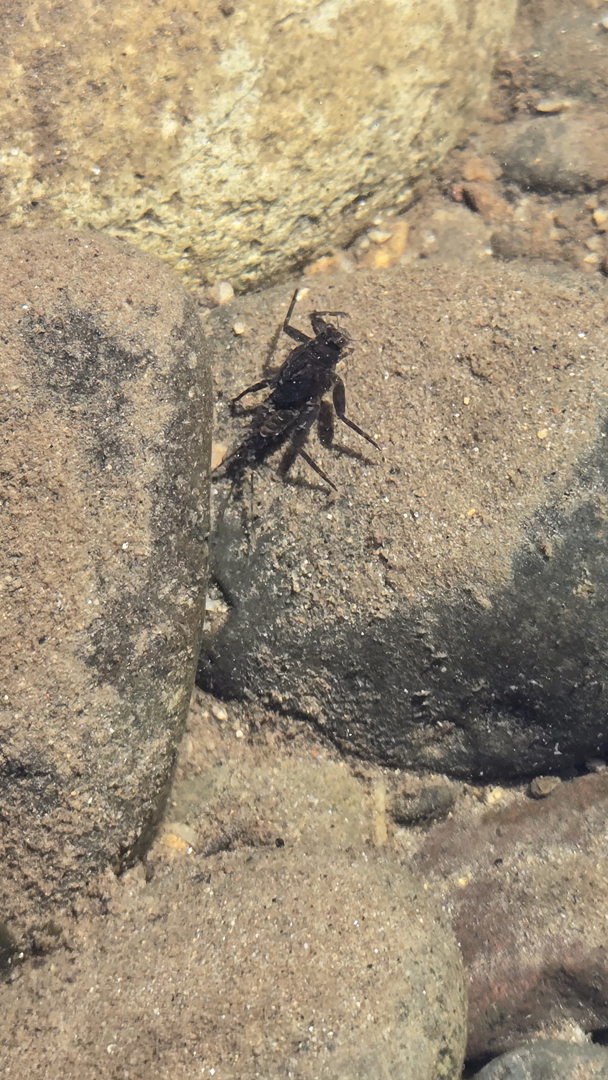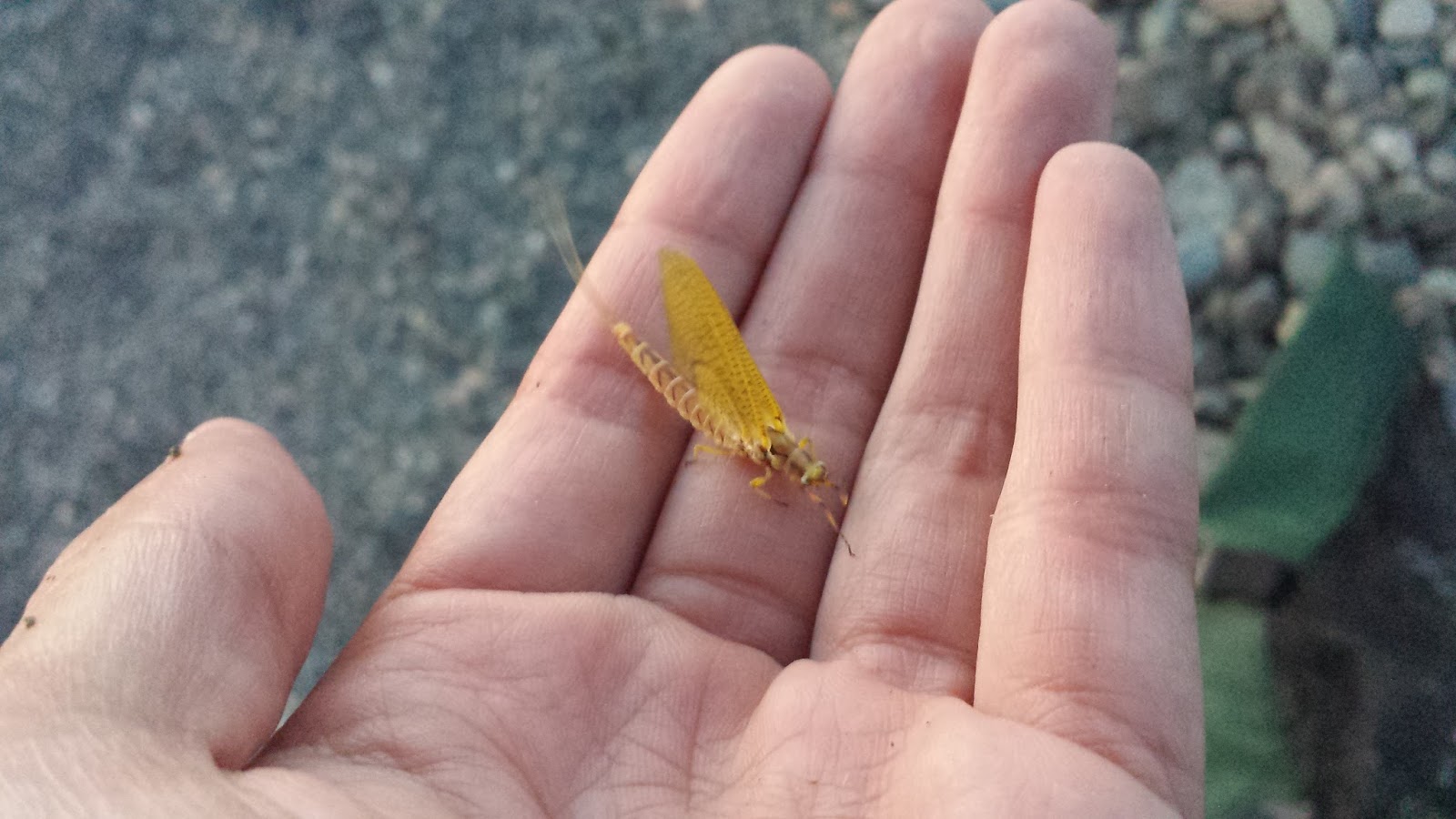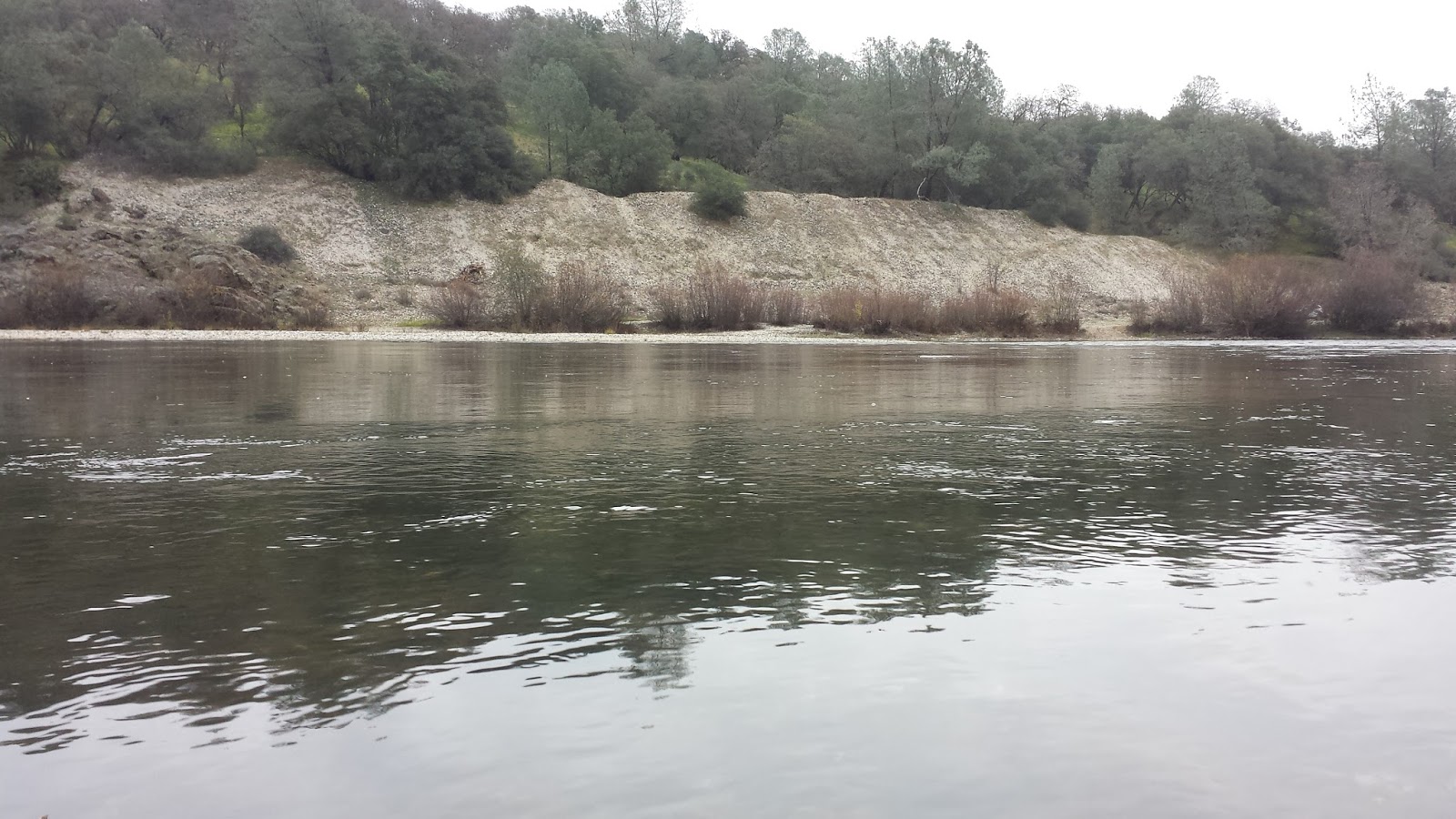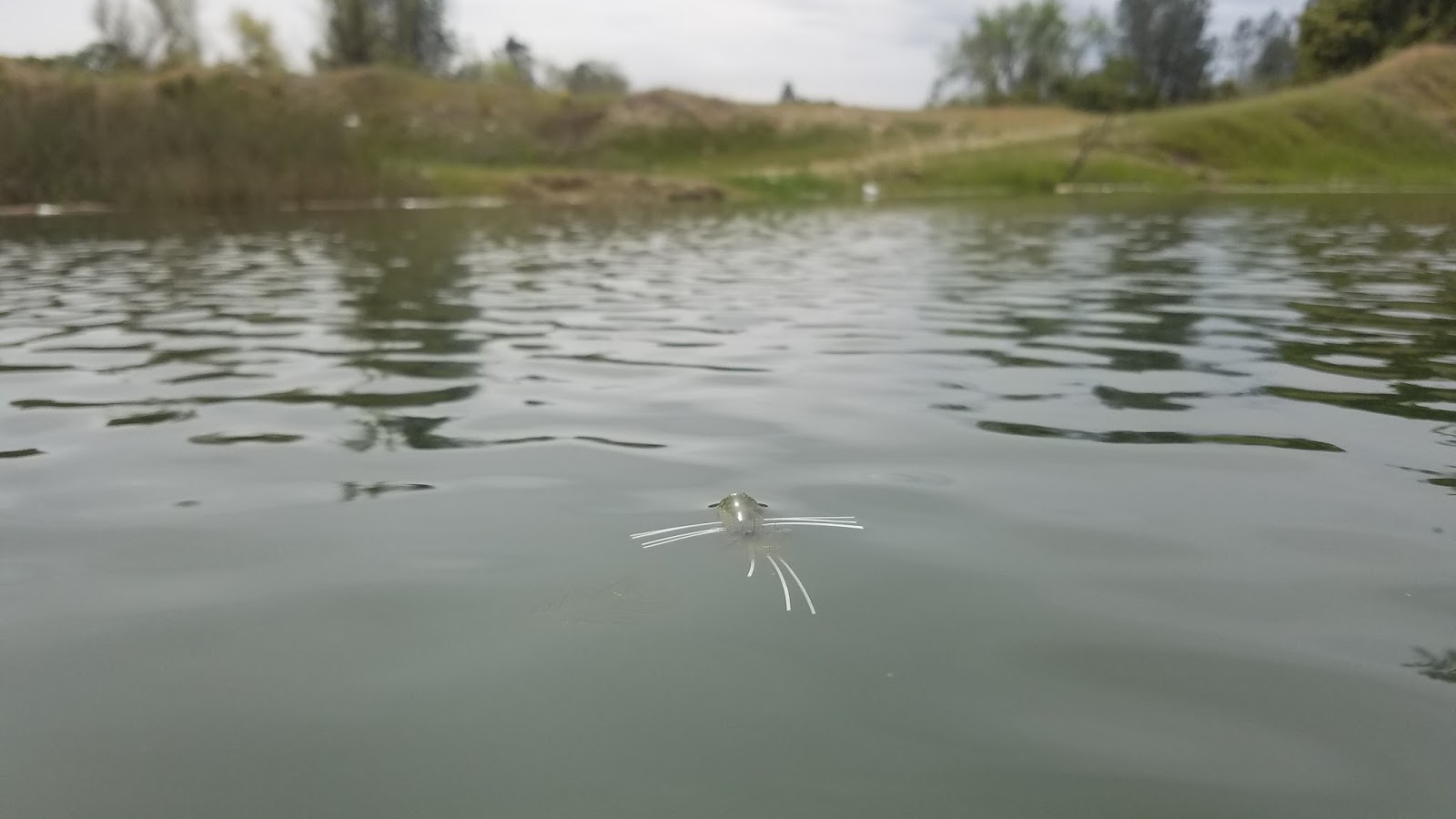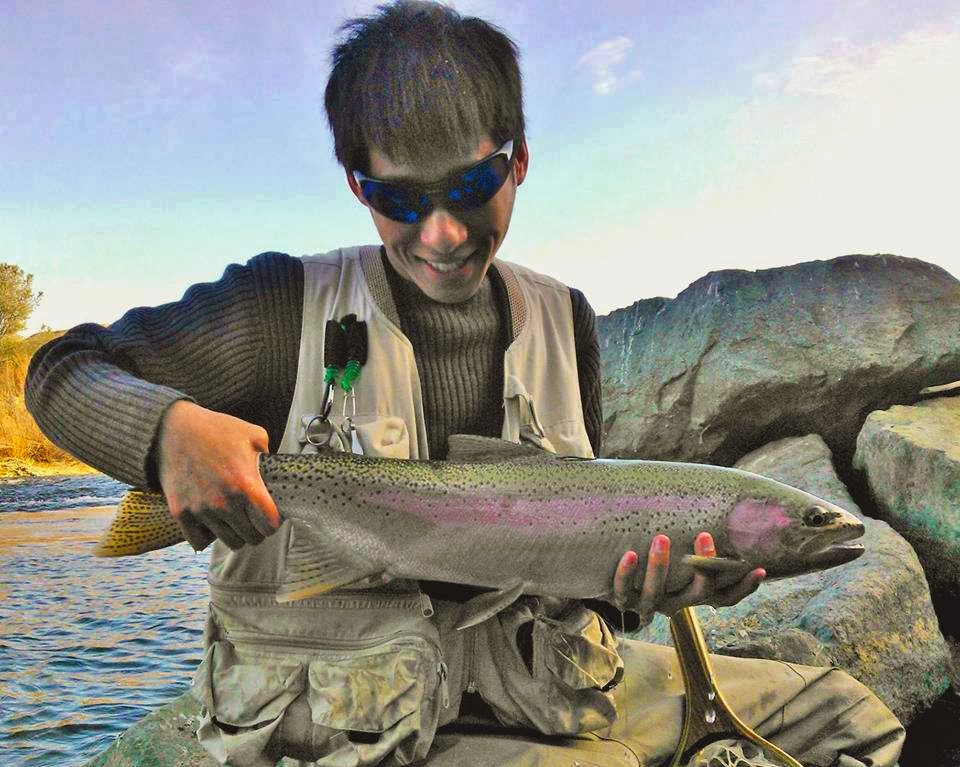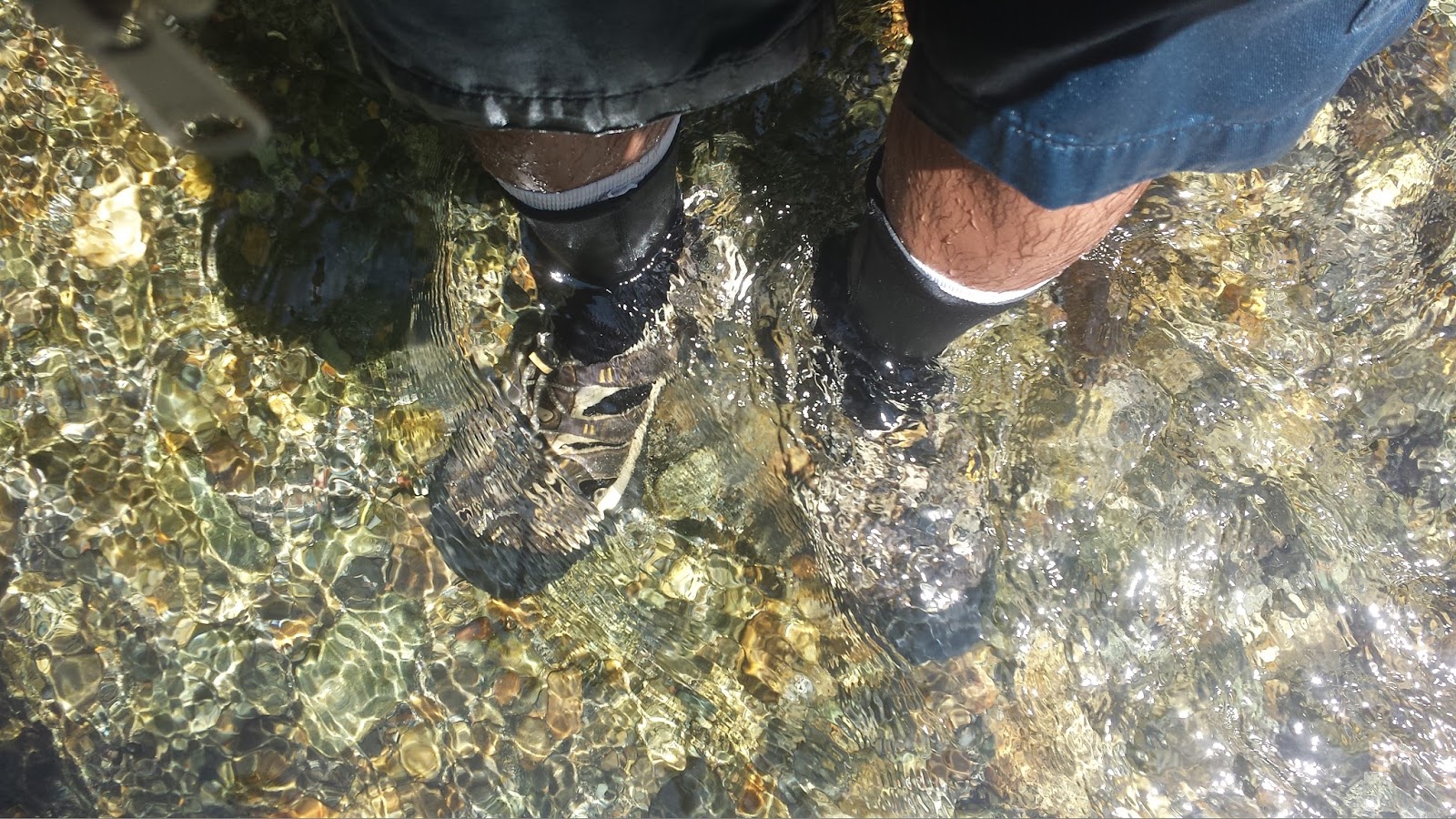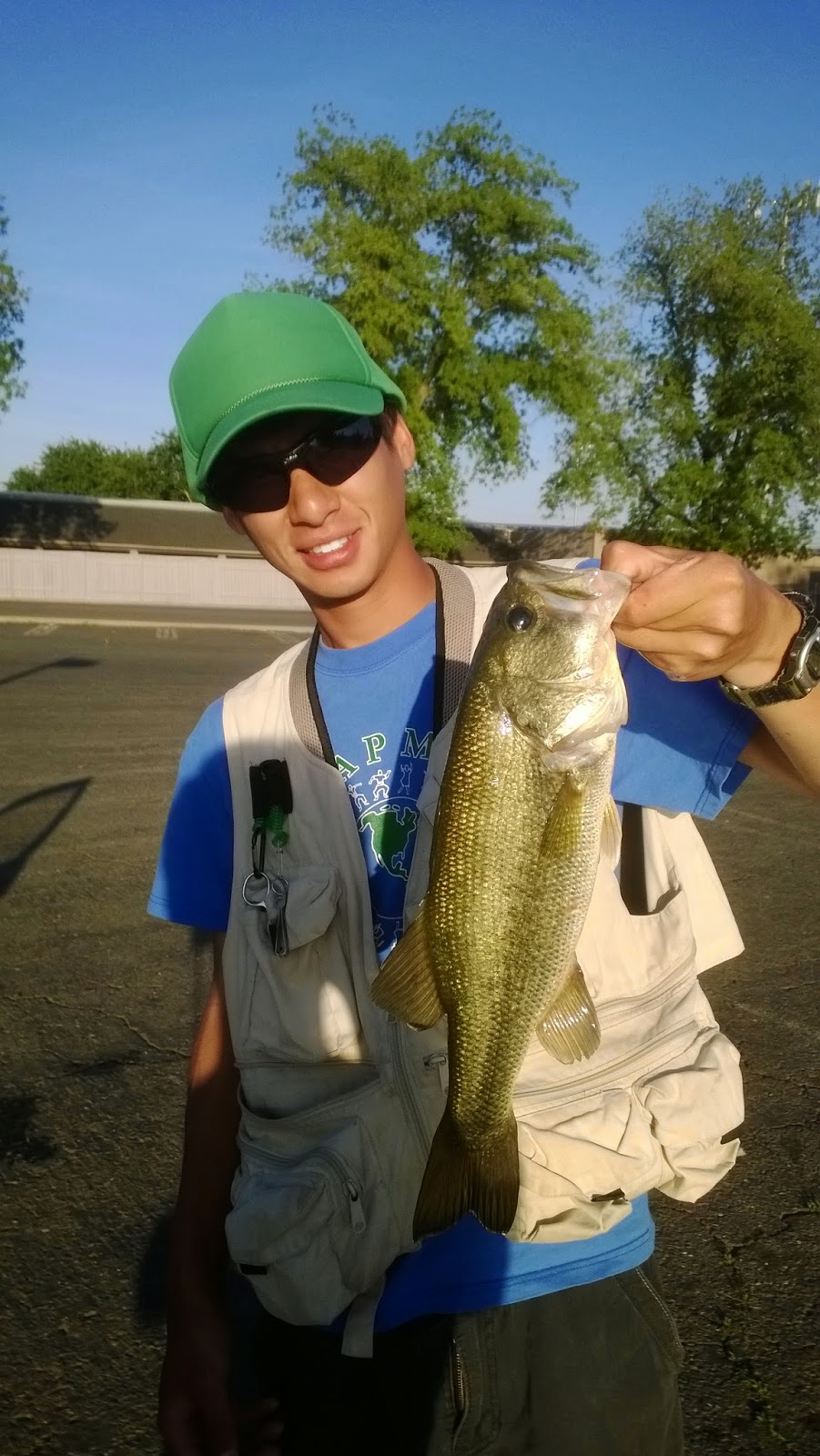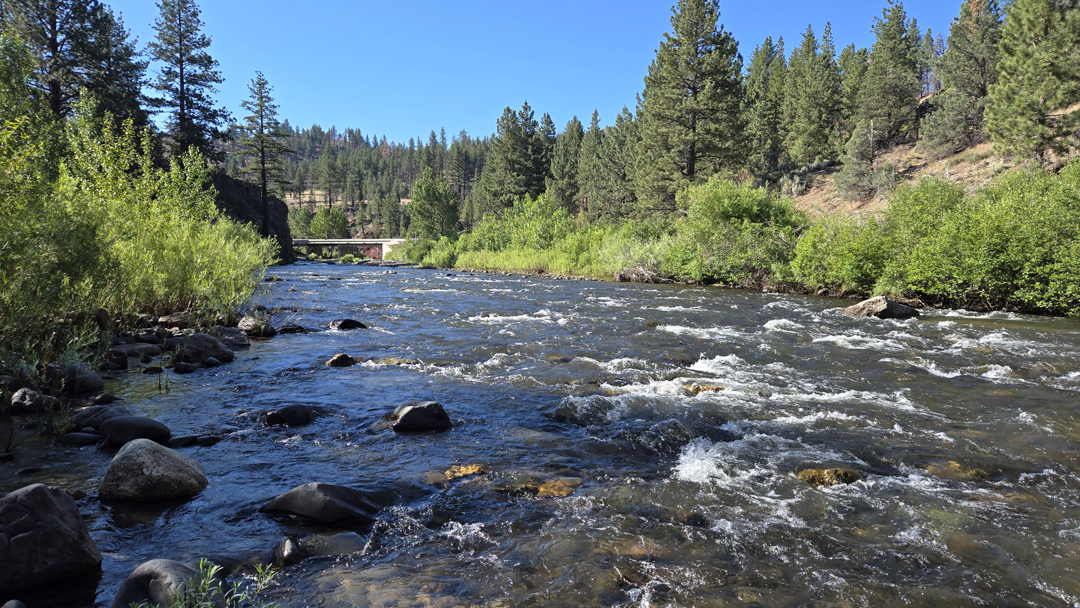
The East Carson River from Hangman’s Bridge downstream to Nevada is designed by the State of California as a wild and scenic river. I’ve attempted to fish this section twice: first in the fall many years ago during the drought at very low flows and second right after a random thunderstorm had rolled through the area. Both times I got skunked. There have been reports of exceptional sized fish living in the wild section of the East Carson River: brown trout up to seven pounds, 22″ rainbow trout, Lahontan cutthroat trout over ten pounds, and mountain whitefish in the 20″ range. I was set to find if this was a fable or a reality. The window to fish the East Carson at optimum flows after the spring run-off before the summer heat is short and this year I decided to take the opportunity to hit the river at its prime.
I’ve been wanting to do a packrafting trip for a while now and I felt like the East Carson River would be the perfect river to try it for the first time. The river looks relatively easy to paddle at least until you get towards the end of the canyon and there is a “trail” on the east side of the river that follows a good portion of it. All the information I researched shows that the best flows to float the East Carson River is 400 CFS minimum and the best time to fish it are flows below 600 CFS.
I planned on doing an overnight in the wild section of the East Carson River. My plan was to float and fish below Hangman’s Bridge, establish a base camp at the three-mile mark, and then pack out via the trail on the river’s east bank. I used my Alpacka Caribou raft and was able to fit all my essentials in my Osprey Aether 65L backpack. The pack was on the heavier side at thrity five pounds but I suppose that’s the cost of packrafting.
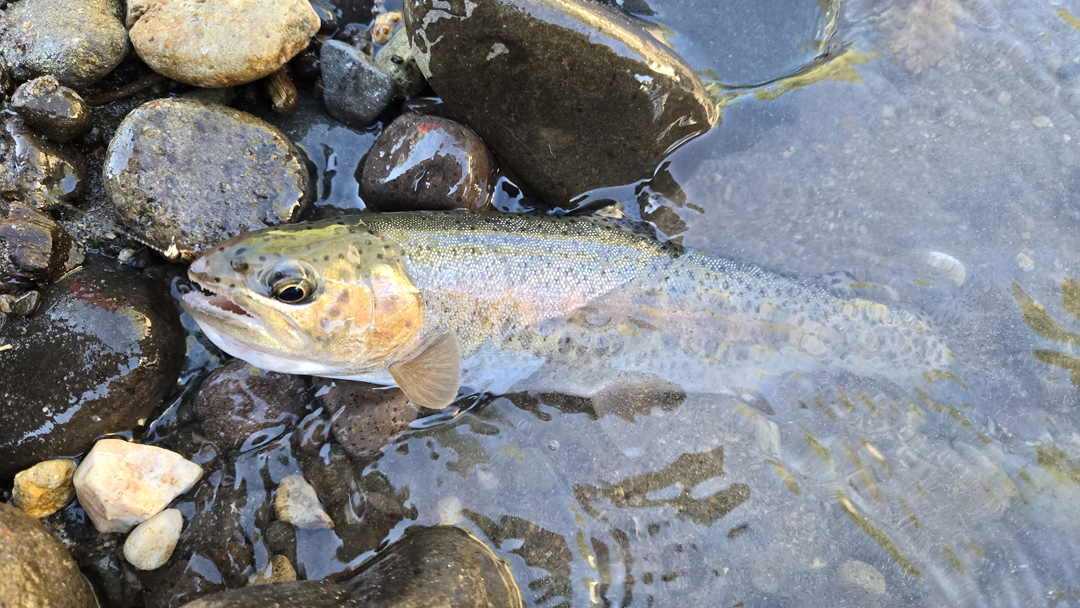
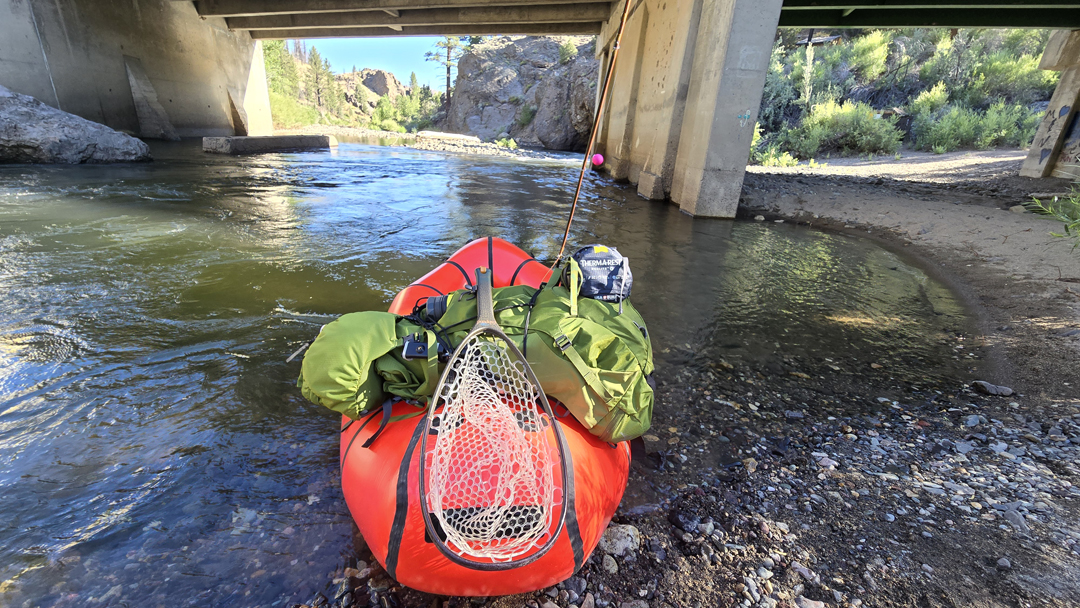
As I counted the days before my trip I kept an eye on the flows and started getting worried as they dropped below 300 CFS. By the time I was on the river the flows were at 260 CFS. The river looked pretty good albeit a bit lower than I was expecting. I fished the hole above the bridge and started the day by landing a small rainbow before setting out.
There are two holes below the bridge that I stopped to fish at but I didn’t have any luck. On the way back to my raft I was met by a man named Casey who said he runs the East Carson River during rafting season. He provided some useful information about the river below such as the runs, rapids, and some of the hazards I may encounter. He also told me that the fishing is much better downstream with huge trout to be caught and that the area around the bridge was all fished out. With better intel and renewed confidence, I started making my way further downstream.
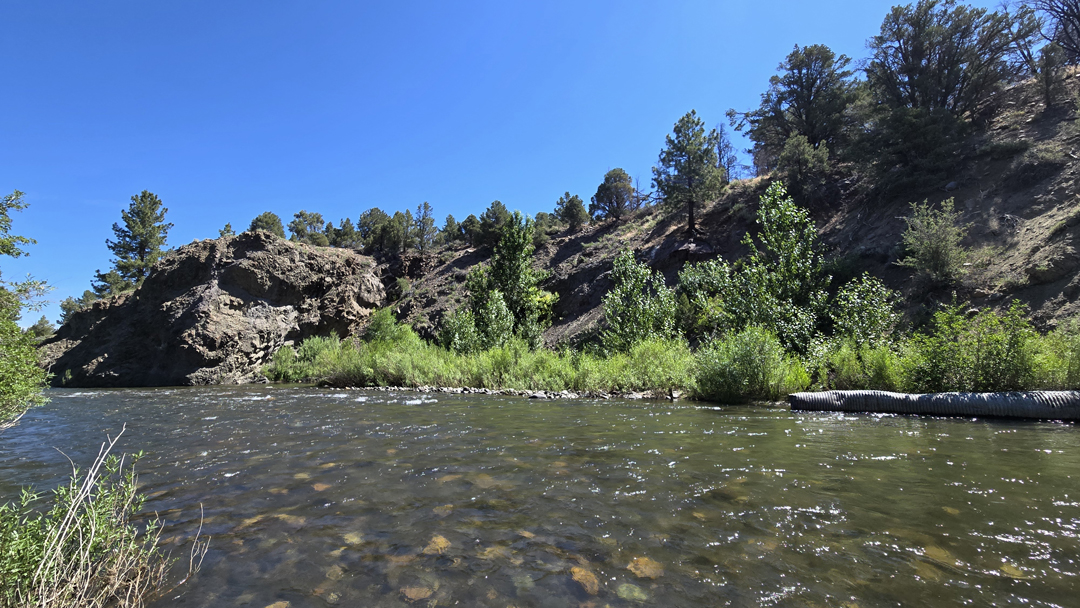
The next hole looked promising and even if I didn’t catch any huge fish I knew I would most likely hook something. I fished a rubber legs stonefly with a BWO pattern and worked my way around the run covering as much water as I could. After about five minutes without any grabs I witnessed a huge trout rise to try and eat my indicator. I was mindblown and quickly switched to a hopper pattern to see if I could get it to rise again. With no luck on the hopper I switched back to my nymphs and ran them through where I saw the fish come up. On the second drift my indicator goes down and it’s a good one. I managed to land it and it was an absolute unit of a fish. I continued to cover water on the East Carson and many more trophy trout were hooked, landed, or lost. The rumors about the East Carson River were true.

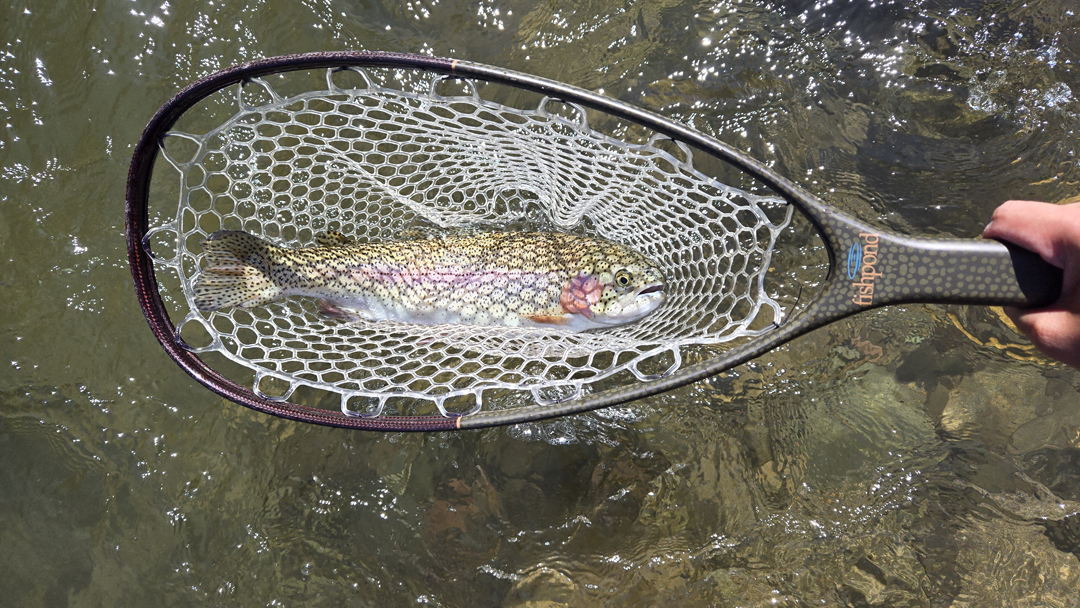
A few holes before reaching where the East Carson River meets Markleeville Creek I accidently snapped my fly rod in half after setting the hook a bit too aggressively on a possible snag. I was bummed. Thankfully I had packed two extra fly rods but they were back at the car which was about a mile and a half away. In order to continue exploring I would need to hike back to the car grab new fly rod and then hike back to the point where I left off. The time was about 3pm and the sun was beating hot. Instead of hiking back I decided to venture to my next destination early instead, the East Walker River.
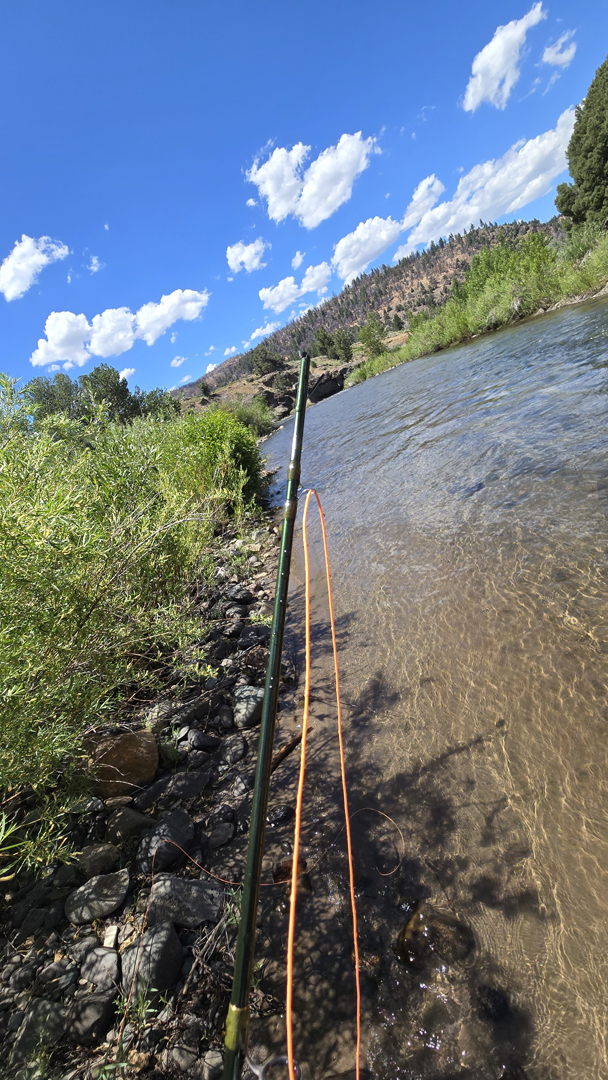
The East Carson River is a pool type of fishery and I believe that the optimum flows to fish it are 200 CFS – 400 CFS. If rafting the optimum flows are definitely above 400 CFS to avoid low water hazards. I had to portage a few holes below the bridge due to exposed rocks in a tight rapid. The wild section East Carson River is not easy to access. The majority of the holes below the bridge are difficult to access on foot at these optimum flows. You can probably access the west side of the river if you scramble the hillside below the bridge but you can only access one or two of the productive pools. Although there is a trail on the east side of the river the hillside is steep and there is little to no river access. I noticed a lot of the pools will run along the steeper parts of the hillside making it necessary to cross the river in order to fish them. Having a raft helped safely access these spots and advantageous positions. The river is deceptively powerful and I personally believe it would be too dangerous to cross the river at flows above 300 CFS. I’m not one to spot burn but if you can access the fishy parts of this river at higher flows you deserve to catch all the brutes out there. I am looking forward to fishing the East Carson River again in the future and next time making it down to Markleeville Creek.
